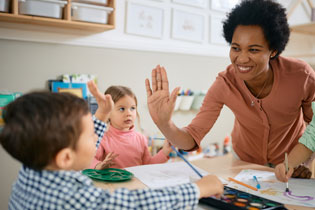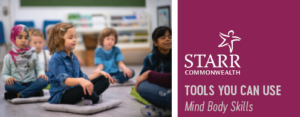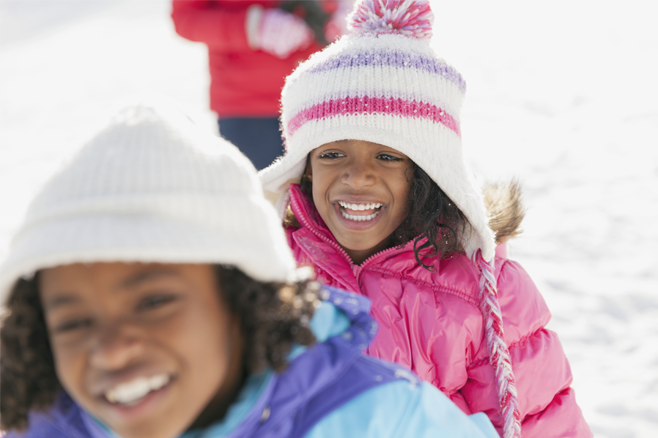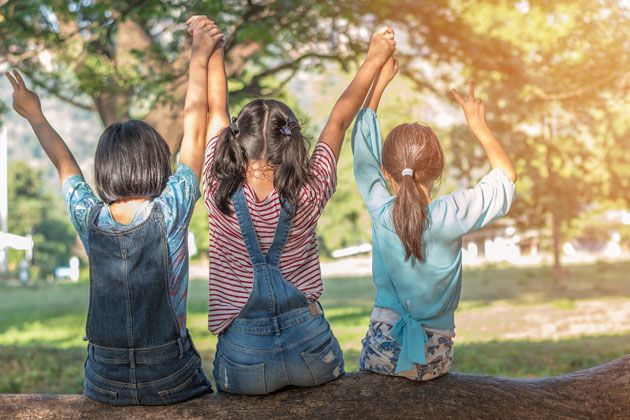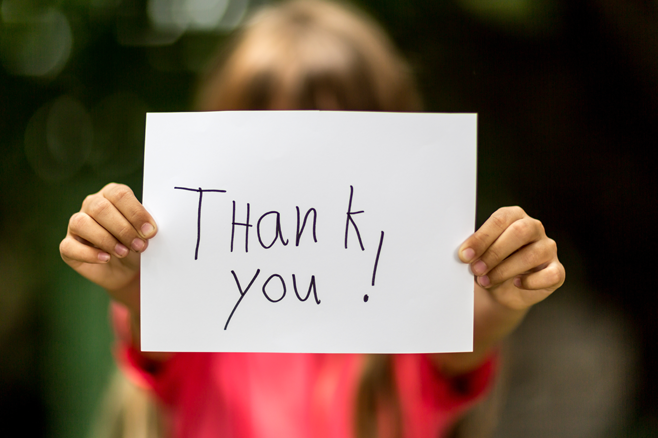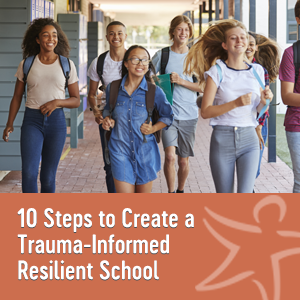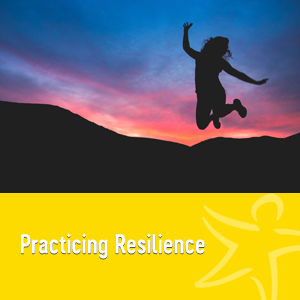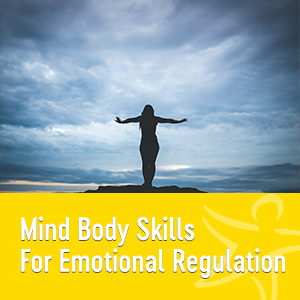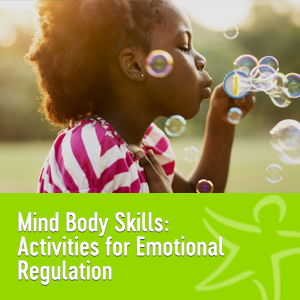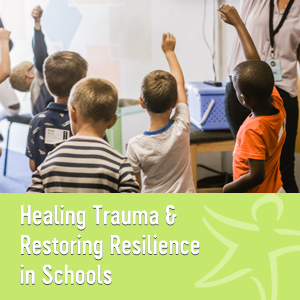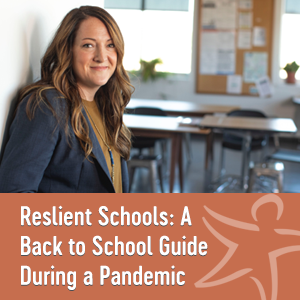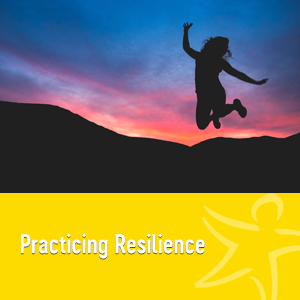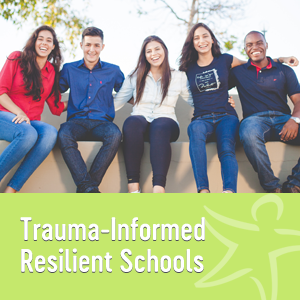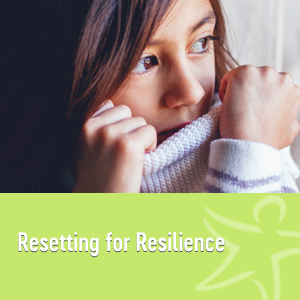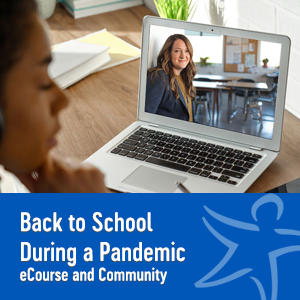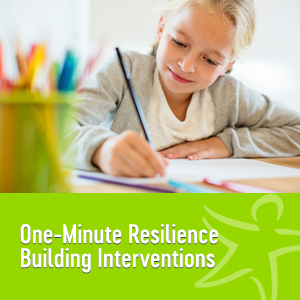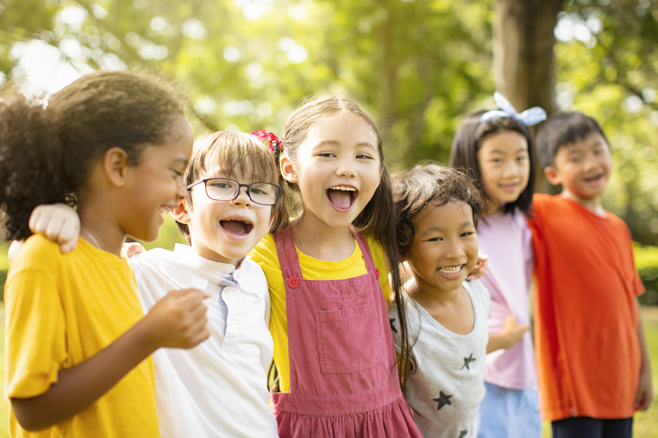Remembering the Classroom
I can still picture it perfectly: 3:47 PM on a Thursday, sitting in my classroom surrounded by half-empty water bottles, crumpled sticky notes, and approximately 47 markers that had mysteriously lost their caps (seriously, where did they GO?). Even now, years after leaving the classroom, I can close my eyes and see those empty desks that just hours before held my students—each one a universe of potential, challenges, and growth.
Looking back, I’m struck by how much happened within those four walls every single school year. We celebrated victories both big and small—from finally mastering long division to finding the courage to read aloud for the first time. We weathered storms together, too, supporting each other through friendship drama, family changes, and those inevitable “I just can’t today” moments that hit us all.
And now, as I work with educators navigating their own year-end reflections, I’m reminded of how crucial it was to help our students process everything they experienced.
Why Reflection Matters (Even When We’re All Running on Fumes)
Let’s be real—by this time of year, we were all operating on a unique fuel mixture of coffee, determination, and the promise of summer break. Our students were bouncing off the walls with spring fever, and we were trying to squeeze in every last standard while simultaneously packing up our classrooms. It was tempting to power through to the finish line.
But here’s what I learned through all those years: our students need time to make sense of their journey. In the Circle of Courage framework, this connects directly to the spirit of Mastery, not just academic mastery, but the deeper understanding of their own growth and resilience. When we create space for reflection, we’re telling our students that their experiences matter, their growth is worth celebrating, and their challenges have taught them something valuable.
Creating Your Classroom Reflection Sanctuary
So, how do we create these safe spaces when everyone’s attention span is approximately 3.2 seconds? Start small and keep it real. Here are some approaches that worked magic in my classroom:
Meeting Students Where They Are
Not every student eagerly dove into deep reflection (shocking, I know). Some deflected with humor, others insisted “nothing happened this year,” and a few would surprise me with profound insights that left me reaching for the tissues I kept hidden in my desk drawer.
The key was offering multiple pathways for processing. Some students expressed themselves through art, others through movement, and some through quiet written reflection. By providing various options, we honored the spirit of Generosity—allowing students to share their growth in ways that felt authentic to them.
The Ripple Effect of Reflection
When we prioritized reflection, something beautiful happened. Students began to view their challenges not as failures but as opportunities for growth. They recognized patterns in their learning and started to understand their own unique strengths. Most importantly, they developed the emotional vocabulary to process future experiences.
I’ll never forget one particular student—the same one who entered my classroom in August convinced he “couldn’t do school.” When he looked at his reflection timeline that last week, he said, “Wow, I really did learn a lot, didn’t I?” That moment? Worth every marker cap that went missing that year.
Supporting the Journey Forward
As educators, we know that helping students process their experiences is just the beginning. Building resilience, fostering belonging, and nurturing healthy emotional expression are year-round endeavors that extend far beyond our classroom walls.
If you’ve found value in creating reflective spaces for your students, you might appreciate additional resources designed to support social-emotional growth throughout the school year. Our store offers thoughtfully crafted materials that align with the Circle of Courage principles—from daily check-in activities to comprehensive units on building classroom community. Each resource is created by educators who understand the beautiful chaos of real classrooms and the profound importance of helping students heal and thrive.
A Final Thought
Even now, when I think about those marker caps (they were always in the pencil sharpener tray, because of course they were), I’m filled with gratitude for every year of growth I witnessed—both my students’ and my own. Creating safe spaces for reflection isn’t just about ending the year well; it’s about honoring the journey and preparing our students for all the adventures ahead.
So here’s to the messy, beautiful work of teaching. Here’s to the students who challenge us, inspire us, and remind us why we chose this calling. And here’s to taking a moment—even in the chaos of year-end—to help our students see how far they’ve come.
After all, every ending is a beginning in disguise. And our students deserve to step into their next chapter knowing they have the strength, skills, and support to write a remarkable story.
And yes, I still buy markers in bulk. Old habits die hard.
















